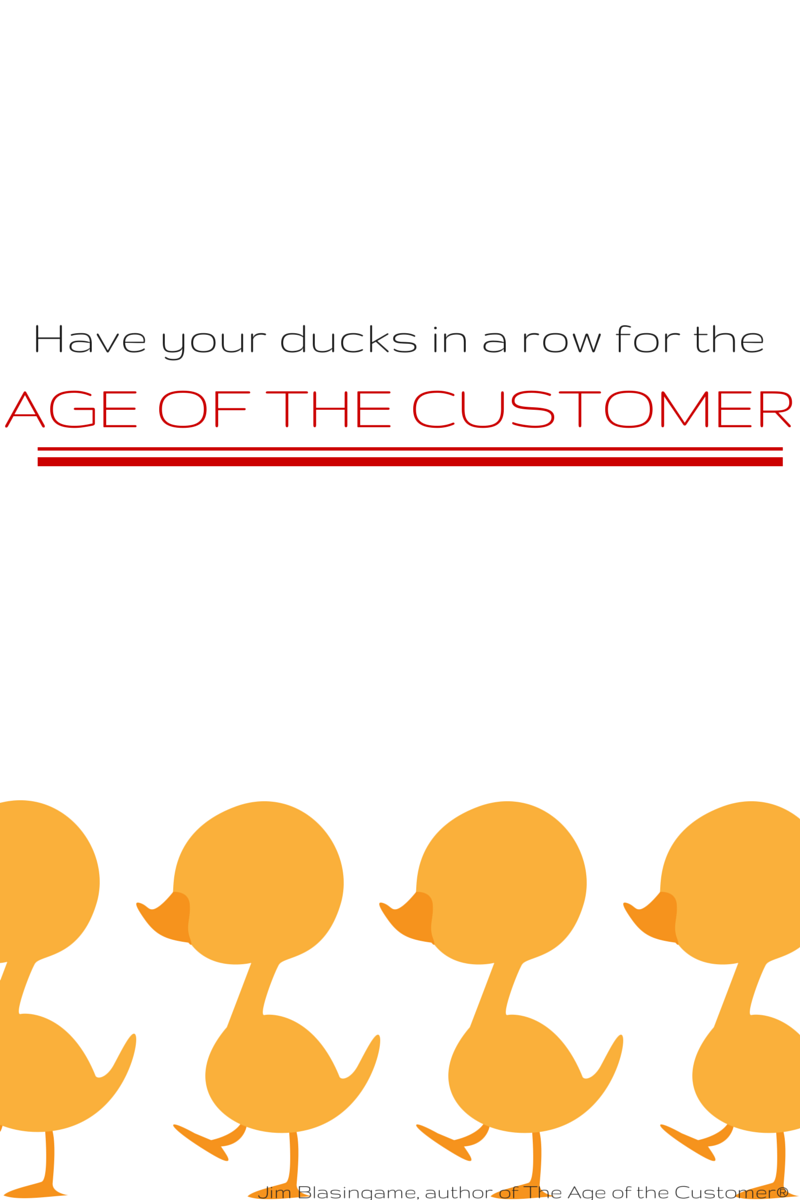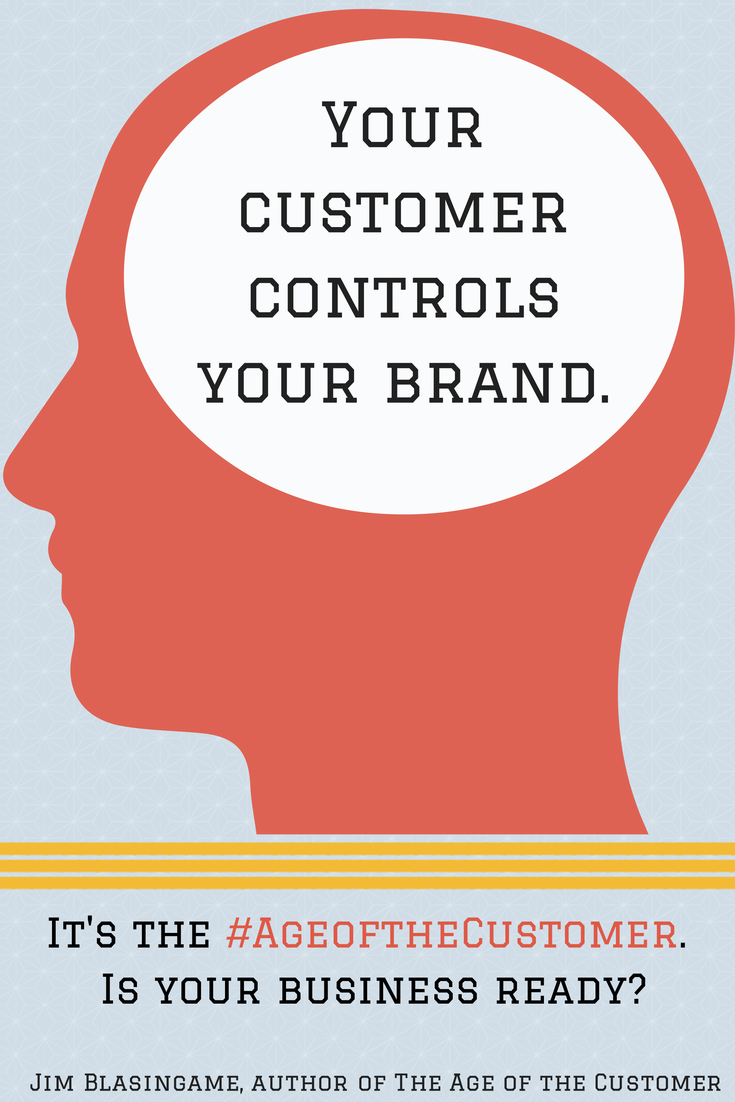As the economy recovers, you’re likely to meet a starry-eyed human babbling on about becoming a business owner.
Probing for the object of this person’s entrepreneurial infatuation will precipitate the what, where, how and when questions and, finally, the most important question: Why do you want to own a business? Answers to this last question, unfortunately, often produce what I call “The Myths of Small Business Ownership.” Here are four:

Myth 1: When I’m an owner, I’ll be my own boss.
That’s right; you won’t have an employer telling you what to do. But you’ll trade that one boss for many others: customers, landlords, bankers, the IRS, regulators, even employees.
Modern management is less “bossing” and more leading and inspiring. In a small business, everyone must wear several hats and the dominator management model doesn’t work well in this modern multi-tasking environment.
Myth 2: When I own my own business, I won’t have to work as hard as I do now.
This is actually true – you will work much harder. Ramona Arnett, CEO of Ramona Enterprises, said it best, “Owning a business means working 80 hours a week so you can avoid working 40 hours for someone else.”
The irony is you’ll actually want to work harder when you understand everything in your business belongs to you. Even the irritating, frustrating, and frightening challenges will take on a new perspective when you realize you also own theopportunities you turn them into. You’ll turn the lights on in the morning and off in the evening not because you want to work more, but because you won’t want to miss any part of your entrepreneurial dream coming true.
Myth 3: When I own my own business, I can take a day off whenever I want.
Well, maybe. However, you may find that your business has such a compelling attraction that you won’t want to take off. Indeed, it’s more likely that whatever interests you had as an employee will become jealous of your business.
Myth 4: When I own my own business, I’ll make a lot of money.
If the only reason you want to own a business is to get rich, you probably won’t be a happy owner. It’s true – you actually could get rich, but it’s more likely that you’ll just make a living.
Being a successful business owner first means loving what you do. Pursuing wealth should be secondary and ironically is actually more likely to happen when in this subordinate role.
Write this on a rock … For maximum small business success, don’t fall prey to the myths of ownership.














